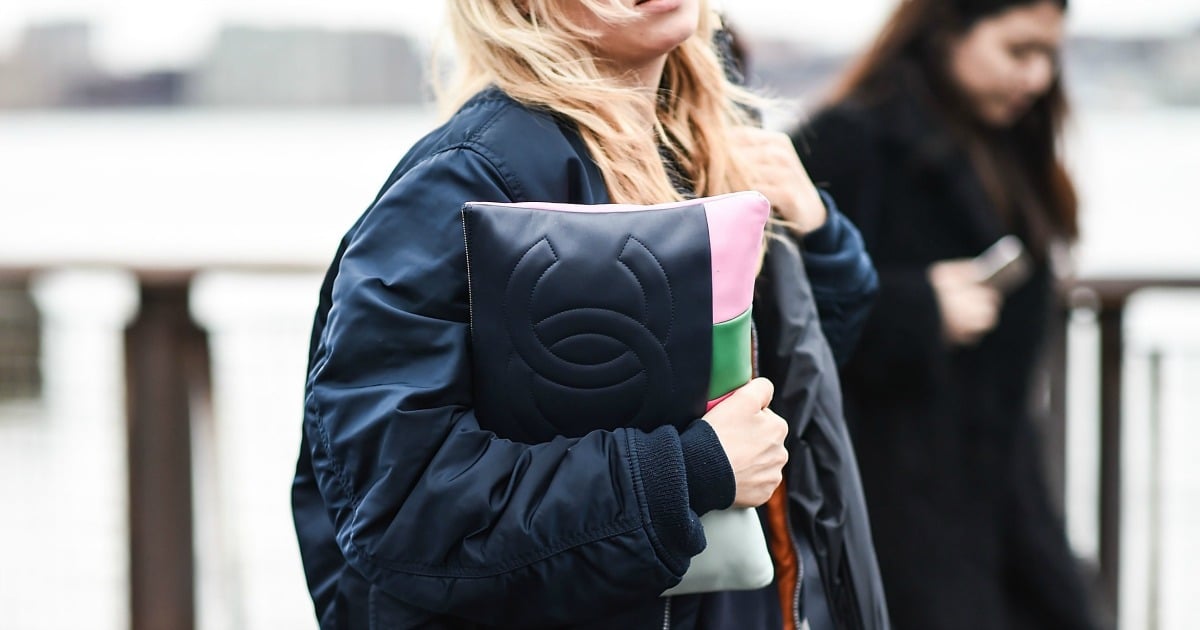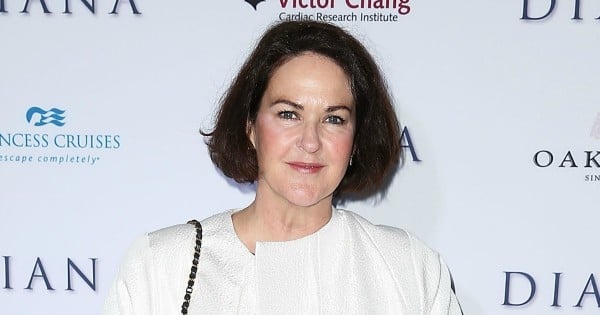
Look. This is when your morality is tested. An entire beautiful black dress with a cut-out back and gold cross over straps that costs $89. It’s really nice. The fabric feels good (well, it hasn’t been worn yet) and it looks so good. And it’s a black dress. Huge amounts of wear right there. An LBD. The workhouse of the fashion cupboard.
But $89? How do they do that? Should I get it? Should I just not think about the trail of manufacture? Should I push out of my mind thoughts of those factories in Bangladesh, China and Egypt? What about the estimated 170 million children worldwide that are making textiles and garments seven days a week in horrible conditions to satisfy the demand for fast, cheap fashion?
But it looks so nice. And it’s cheap. And I’m in air-conditioning and I need a dress for Saturday night and no-one can see what is going on in my head right now. And that woman is grabbing a large and there are only two more larges left on the rack.
Do you buy or do you leave?
According to a 2015 survey by Barnado’s UK, most fashion purchases are worn seven times. Seven, not even 17. Then they are forgotten, thrown, donated (I say donated because it makes people feel good, but shoving your clothes into one of those clothing bins means that most probably your “donation” will be used as scrap cloth pieces, not survive to live another day in someone else’s wardrobe).
According to The Atlantic, every year on average Americans buy 64 clothing items and more than seven pairs of shoes – double what they did in the 1990s.
With freedom to buy black dresses comes responsibility. I think Abraham Lincoln said that.
In response to the growing unease, or at least questioning, of fast, cheap fashion a host of start-ups have, well, started up, and established brands have branched out into niche sub-areas promising ethical fashion that lasts.

Top Comments
I would like to buy more ethically but it seems there is a fair bit of research then memory that goes into this because we are all supposed to research and memorise what good clothing etc are ethical. I think this is the huge problem that is faced because when I'm in a store I'm not going to remember all this and also I can't be even sure that whether what I research is correct.
So therefore I think there should be an app that some group (like the greens or respected government body, or charity) can recommend that lists all things that are ethical whether it be food or clothing.
Of course this would then require some kind of audit process and orgnisations would have to prove that they are adhering to this standard.
We as the public would also need to know what this standard consists of.
Perhaps it could even be like an energy rating type concept, eg this group pays minimum wage so they get 4 stars, but another group pays more.
Perhaps an app like this exists already?
It would of course be very complicated to set up, because for instance I know Cadburys plain chocolate is Fair trade which I was buying till I discovered that it is also halal, which I don't think is ethical because it goes to a religion that oppresses women in most countries where it operates. So an app like this would be hard to develop and would need to be as transparent as possible but hopefully some day someone would come up with it.
Most religions have oppressed women in most countries where they operate. Anyway by not supporting halal chocolate, surely you're depriving muslim women more than men, since we all know that women consume more chocolate than men pretty much everywhere. Your stance is so much ethical as an excuse for trying to spread misinformation and intolerance against Muslims.
I'm a bit fed up with this assumption that everyone is only wearing items for a short amount of time. I know these surveys talk about averages, but that is like these surveys that say "people average 10 sex partners in their life" (or whatever number they come up, when how they get that figure might be that a small percentage of people have had sex with 50 people but for all we know most have only had sex with 3 people. By the way I have no idea how many people most people have slept with but the point I'm making us that averages makes people jump to the conclusion that the average is the majority when it may not be.
I myself have a huge amount of clothing, much more than I need, but quite a bit of it now comes from the fact that at birthdays etc family members who know my taste buy me clothes. But I rarely throw out things, unless of course they are stained/damaged etc, or hopelessly out of fashion that they would look ridiculous. But I have many items from 10-20 years, because for instance tshirts don't vary much in fashion, plain shirts etc. in fact I particularly like keeping these older clothes because sometimes the colours or styles that suit me aren't in fashion in a particular year. For instance everything might be a particular shade of green that is in fashion and perhaps that doesn't suit me (or perhaps it does suit me but I don't feel like looking like a leprechaun every day!), so I might keep my blue clothes that aren't in fashion that year. I usually get compliments because I'm not a slave to fashion but am wearing what suits me. Often people will say "oh where did you get that? That colour suits you. I would love something that colour because that colour suits me too, but I can't get that anywhere."
So it's true that due to my large wardrobe I don't wear the same things frequently but I might wear each top 5 to 10 times in a year but when you keep something for 10 years that adds up, and many of these items look as good as new.
I personally believe in style but hate "fashion". I define style as being something that will always look good but fashion as something hideous that we all have to wear eg fluorescent orange because it's "in" that year, but five years later we will fall about laughing over.
If you really think about it, it doesn't make logical sense that something can be considered to be beautiful one year but ridiculous ten years later. No one suggests we tear down the opera house and rebuild every ten years because it's now out of fashion.
Not to say that sometimes in the fashion world they don't come up with something innovative that looks great that no one ever thought of before (like the equivalent to the innovation of the opera house). But quite often they just come up with something to purposely get us to buy it.
Also in centuries past fashions changed but not as rapidly because people couldn't afford it or get the information as fast. We women are morons for giving into these ridiculous fashion changes. Buy something that looks great on you and keep it forever (or for a long time). Even if you are defying the fashion that year you will look much more attractive wearing something that suits you than wearing something that is in fashion but makes you look ugly.